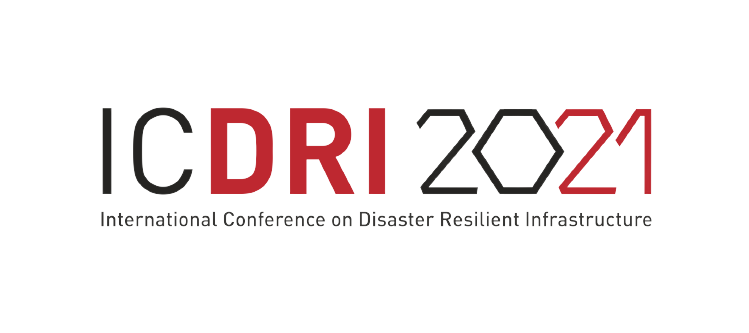Exploring Digital Infrastructure Resilience
Day 2, 18 March 2021, 1545 - 1700 IST
Session Annotation:
As interconnectivity and dependency on digital infrastructures will increase exponentially, so will the vulnerabilities. The session will explore and address current and future disaster risks of systems underpinned by digital infrastructure and will discuss how an enabling environment can be developed for digital infrastructure resilience.
Session Overview:
Accelerated development within the digital infrastructure domain has enabled Information Communication and Technology (ICT) opportunities such as telework, telemedicine, online retail, contactless payments, distance learning, and delivery of public services. In the present networked world, digital infrastructure enables and underpins multiplicity of infrastructure systems. It is, in fact, a 'lifeline infrastructure system'.
Present trends and future scenarios predict that dependency on digital infrastructure will increase exponentially. Low latency and high-speed data will usher new technologies such as real-time sensors, and faster networking systems, augmenting human existence through real-time exchange of information and data between the physical, and the digital world.
Although, the future paints a radical picture underpinned by digital infrastructure, it is yet vulnerable. One example from the past is the, 11-day Internet Blackout of Tonga Fiji in 2019, caused by damage to the internet sea-cable which affected banking, finance and tourism services. Another example is the strong windstorms in 2017 that affected Wyoming, USA. The storm knocked down power lines, forcing water and sewage treatment plants to operate on backup generators, which were unavailable to some of the pumps that moved sewage from low-lying areas to higher ground. As a result, the sewers backed up after the weather continued to prolong the outage.
While government officials tasked with disaster planning have long focused on the cascading effects of power outages from natural disasters, only recently have they realized that the effects of cyber warfare could be quite similar1. To this extent, we need to reflect the lack of understanding of compound and cascading risks.
Since digital infrastructure is a relatively new paradigm, there is limited knowledge on disasters and the lessons learned. With the advent of Artificial Intelligence, Internet of Things and the fourth industrial revolution; dependence and connectivity via digital infrastructure urgently call for addressing current and future risks. To this end, we need to explore two connected dimensions: (a) vulnerability of the hyper-connected environment and (b) the opportunity.
Digital infrastructure is to a certain extent within the private domain, hence, there is a need to highlight regulations that allow operations of the private sector. While there have been efforts by governments and organizations towards regulation ensuring linkages between ICTs and other critical infrastructure sectors, there is further need for collaborative and coordinated efforts between private and government to improve resilience. In this context, the session will explore, reflect on and discuss the following questions:
Q1. How can we address digital infrastructural resilience and what are some of the vulnerabilities?
Q2. What policies, and governance measures towards an enabling environment must be developed for digital infrastructure resilience?
What Does a Windstorm in Wyoming Have to Do with Cyber Security?https://blog.radware.com/security/2018/02/cyber-security-natural-disasters/
Speakers
Partner Organization









